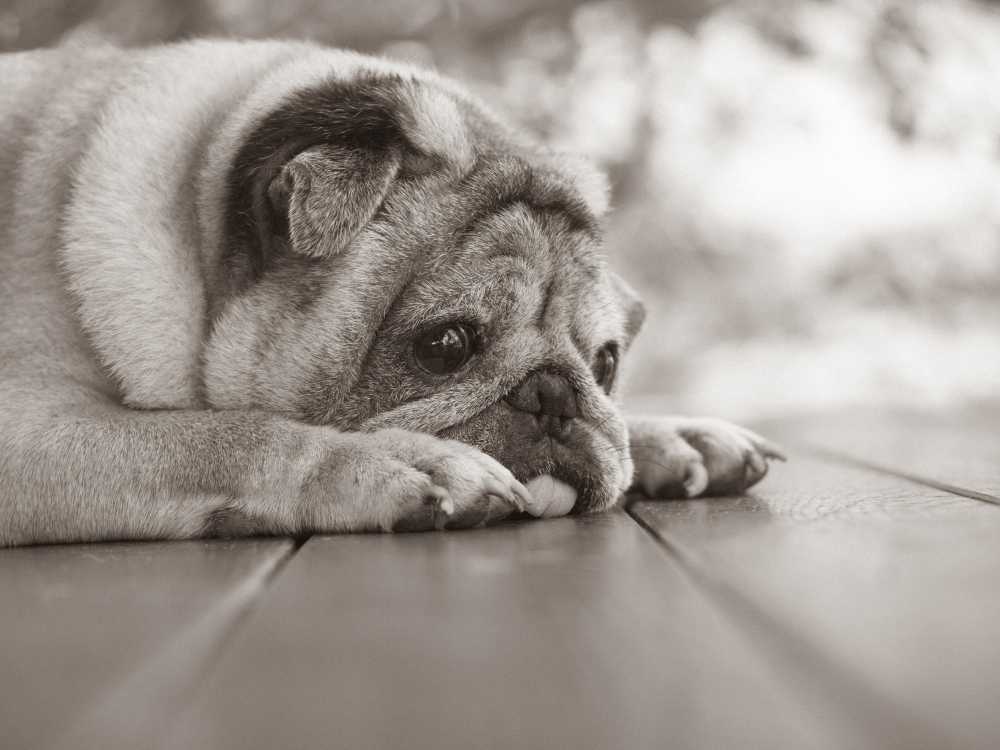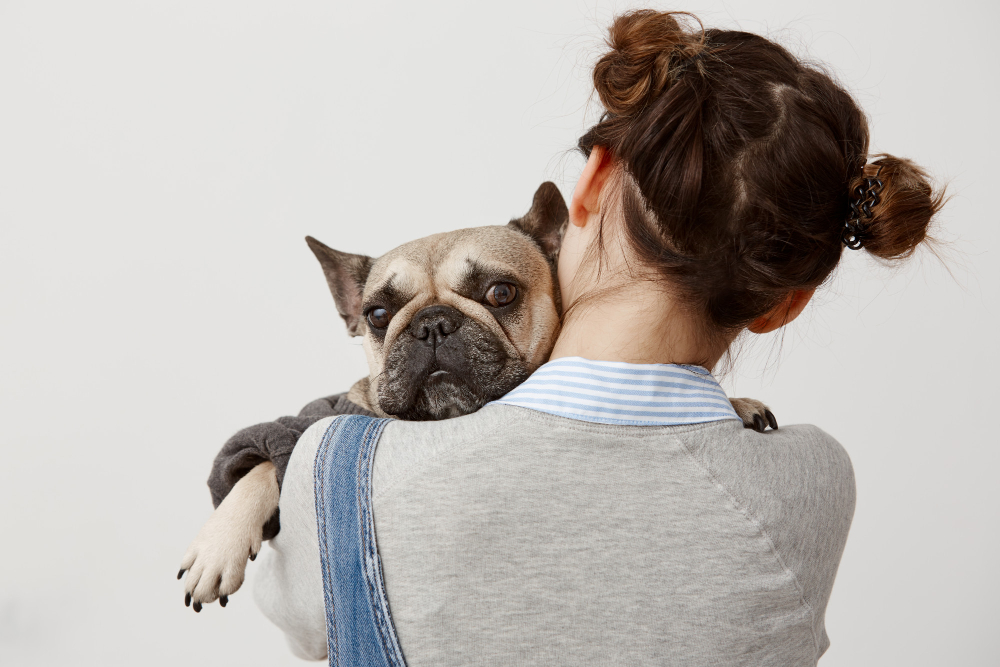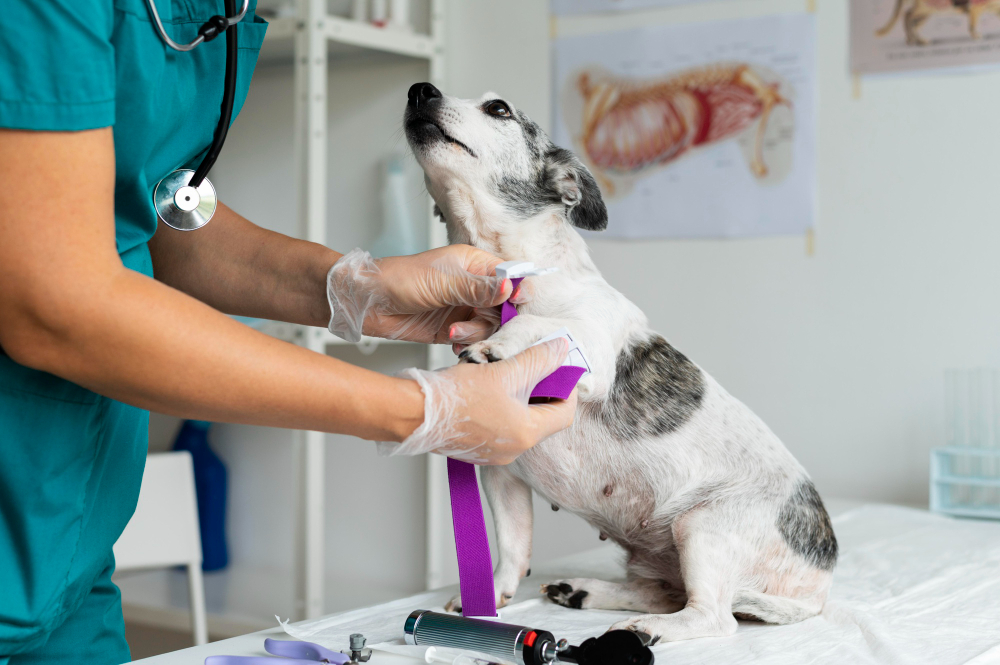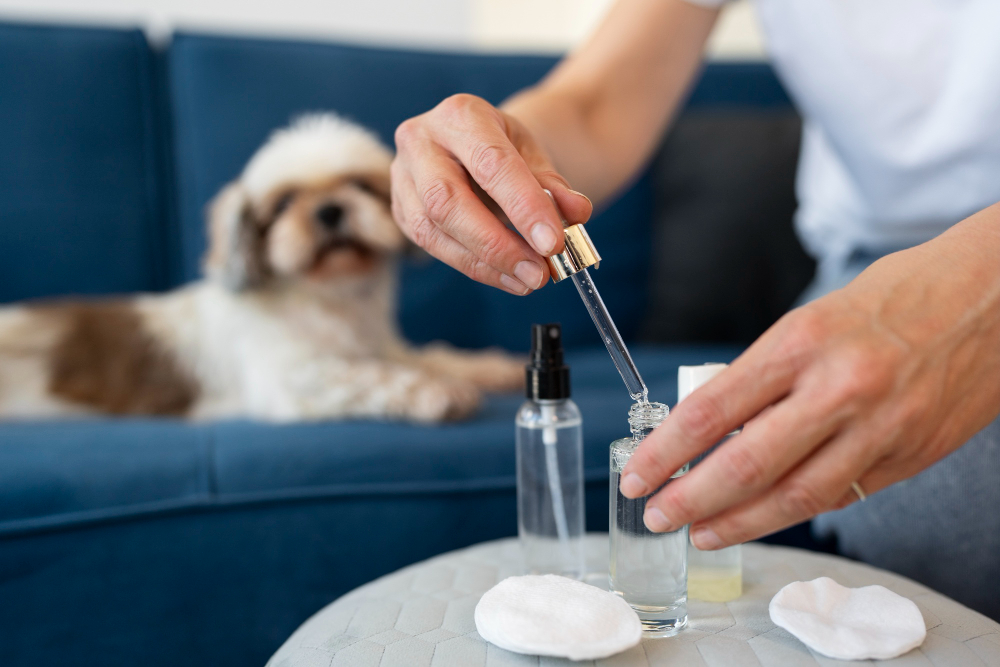Dogs are renowned for their steadfast attachment and commitment towards their human counterparts. They often develop close relationships with their owners and become an essential part of the household. Although this close bond is endearing, it may also cause a frequent problem in dogs: separation anxiety. Dogs that suffer from separation anxiety get distressed when left alone or separated from their owners. Destructive behavior, excessive barking, or even physical symptoms like increased pacing and drooling, may all be signs of it. The well-being of your dog and the tranquility of everyone in your home depend on how you handle separation anxiety. In this piece, we’ll examine separation anxiety’s definition, its origins, and—most importantly—how to treat and successfully manage it.
Knowledge of Separation Anxiety
Regardless of breed or age, separation anxiety is a behavioral issue that affects a lot of dogs. It usually happens when a dog develops an excessive attachment to its owner and experiences severe discomfort when left alone. Numerous negative behaviors, like as chewing on furniture, excessive barking, house-soiling, and efforts to flee, might be a result of anxiety.
Factors that Cause Separation Anxiety
Effective treatment of separation anxiety depends on an understanding of its underlying causes. Following are a few typical triggers:
Early Life Trauma
Canines that have gone through traumatic experiences, such abandonment or abuse, are more prone to feel separation anxiety. Dogs are creatures, so a sudden shift in their regular pattern, such as a new work schedule or relocating to a new house, might make them anxious.
Lack of Socialization
Dogs with separation anxiety may be especially susceptible if they were not properly socialized as puppies. Medical Conditions Anxiety may sometimes be exacerbated by unresolved medical conditions. The presence of any physical reasons for your dog’s behavior must be ruled out.
Understanding Separation Anxiety Symptoms
Recognizing the symptoms and indicators of separation anxiety is essential before treating it. When they are worried or upset because they are separated, dogs may exhibit a variety of behaviors.
One of the most typical symptoms is prolonged wailing or barking when left alone.
Destructive Behavior
Dogs may chew on doors, walls, furniture, or other objects around the home to calm themselves.
Home Soiling
When left alone with their owners, some dogs may urinate or defecate inside the home.
Pacing and Restlessness
Another sign of worry is restless behavior, which includes continual pacing.
Escaping Attempts
Dogs may make an effort to get away from their home or place of confinement in an effort to find their owner.
Excessive Drooling and Panting
Physical indications of anxiousness may also include drooling and vigorous panting.
How to Manage Separation Anxiety
Dog separation anxiety must be treated with persistence, patience, and a methodical strategy. Here are some helpful techniques for assisting your animal buddy to manage their anxiety:
Gradual Desensitization
Gradual desensitization entails gradually acclimating your dog to extended periods of alone. Begin by just leaving your dog alone for brief periods of time, then progressively extend those periods as time passes. Reward calm conduct and never penalise acts motivated by anxiety.
Establish a Safe Space
When you’re not home, give your dog a cozy and safe area to hang out in. This might be a particular room or a box. Make sure their bed, toys, and drink are in a welcoming and enjoyable setting.
Repetitive and Predictability
Dogs like having routines. Establish a daily schedule that includes eating, exercising, and spending time by yourself. By providing your dog with a feeling of security, predictable routines may help lower anxiety.
Physical Activity and Mental Stimulation
A dog that is exhausted is less likely to be worried. Make sure your dog gets enough exercise by taking him for walks, playing with him, and other things. They may also be worn out by mental challenges like training exercises and puzzle toys.
Counterconditioning
Changing your dog’s emotional reaction to being left alone is known as counterconditioning. Create happy memories of your absence by giving them exclusive toys or snacks while you’re away.
Supplements and Medications
In extreme circumstances, your veterinarian may suggest drugs or organic supplements to help control your dog’s nervousness. These should only ever be used with a doctor’s supervision.
Behavioral Modification and Professional Training
Speak with a qualified dog trainer who has expertise with separation anxiety. They may design a special behavior modification strategy based on the requirements of your dog.
Prevent Punishment
Never reprimand or penalize your dog for showing signs of anxiety. This can result in additional behavioral problems and just make their anxiousness worse.
Think About a Companion
Occasionally, acquiring a second pet might assist with separation anxiety. This should be done carefully however since not all dogs respond well to it.
Video Surveillance and Calming Music
Some dog owners discover that putting on relaxing music or white noise while checking on their pups remotely through video monitors may make them feel less anxious.
Conclusion
It might be difficult to deal with a dog’s separation anxiety, but with persistence, empathy, and patient training, you can assist your pet in getting over their fear. Keep in mind that each dog is different, so what works for one dog may not work for another. Be ready to modify your strategy and, if necessary, seek expert assistance. Building your dog’s confidence and teaching them that being alone is not a reason for concern are the keys to success. You can make your dog’s life happier and more balanced, both while you’re together and when you’re separated, by putting the tips from this article into practice and showing your support.



